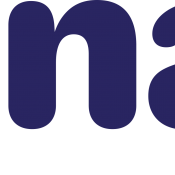Snag Report: Summer Hiring Expect to be Strongest in Decade (Infographic)
3 Min Read By Snag
Snag (formerly Snagajob) released its 10th annual Summer Hiring Survey. Findings revealed that the overwhelming majority (95 percent) of surveyed employers are adding more shifts this summer and more than half (58 percent) plan to hire more summer workers than last year. This parallels the continued and steady climb of U.S. jobs over the past decade. Most employers (82 percent) plan on filling all seasonal summer positions by May this year, up from 71 percent in 2017. The survey, conducted in March with 1,000 employers, also showed that more than a third (38 percent) of employers have already completed their hiring as of the end of April, compared to 27 percent in 2017.
Wage growth is super important but on its own not enough to combat the staggering underemployment that still persists in America.
With record low unemployment at 3.9 percent, employers are vying to stay competitive with more employers willing to offer the maximum hourly wage they feel their business can afford (46…
Sorry, You've Reached Your Article Limit.
Register for free with our site to get unlimited articles.
Already registered? Sign in!


